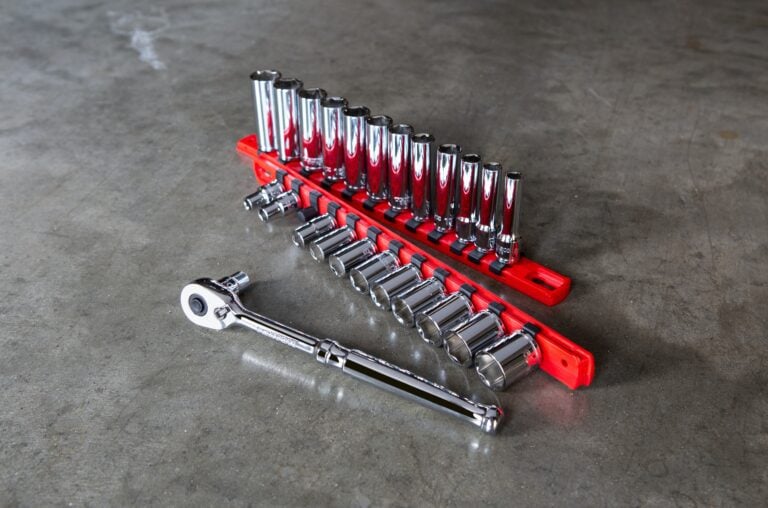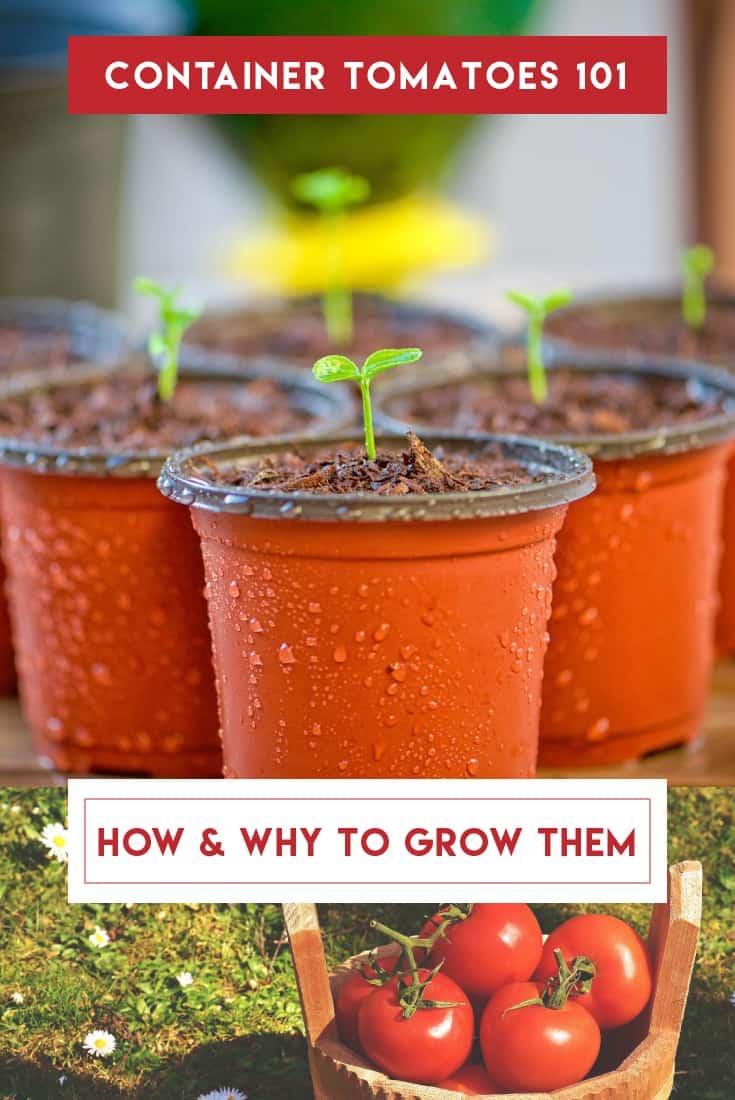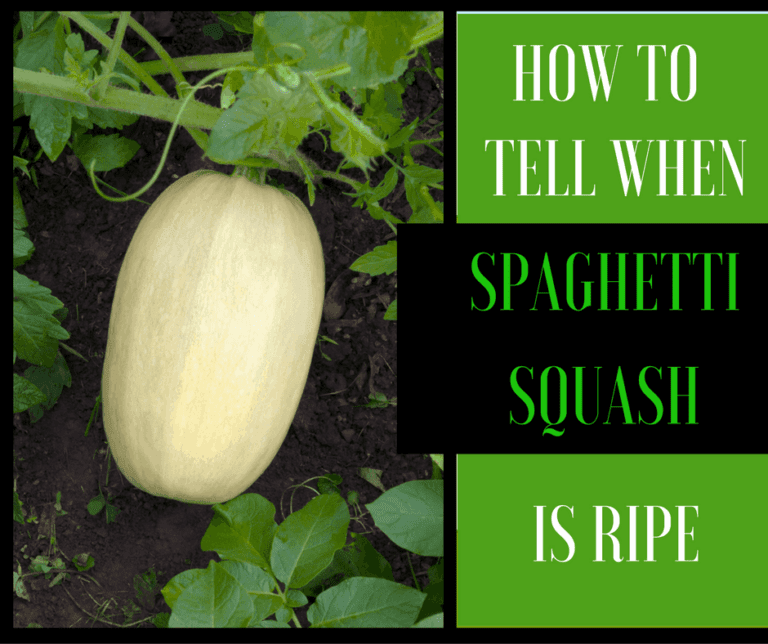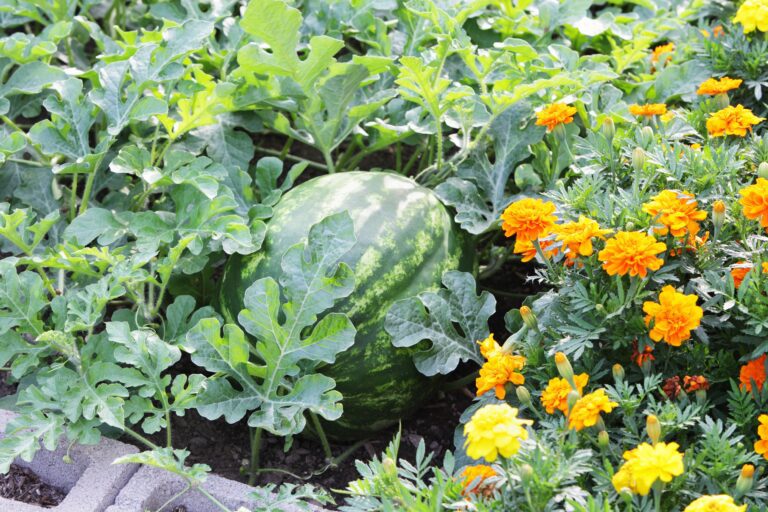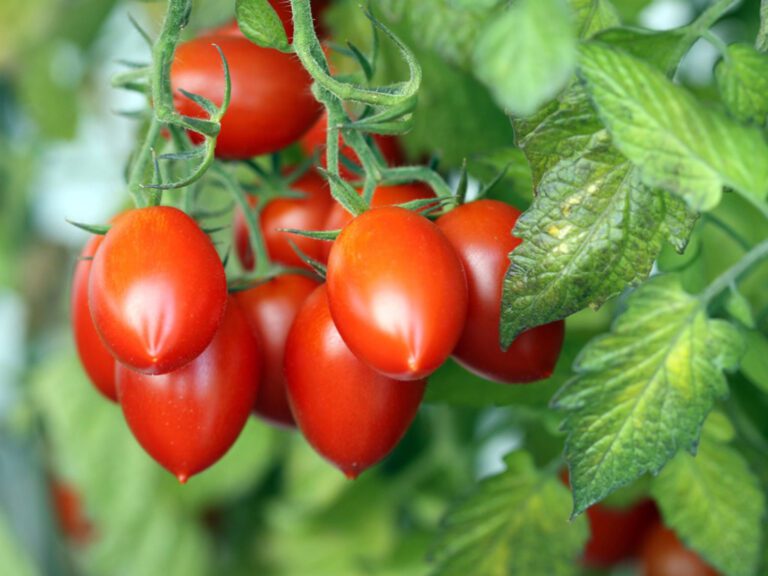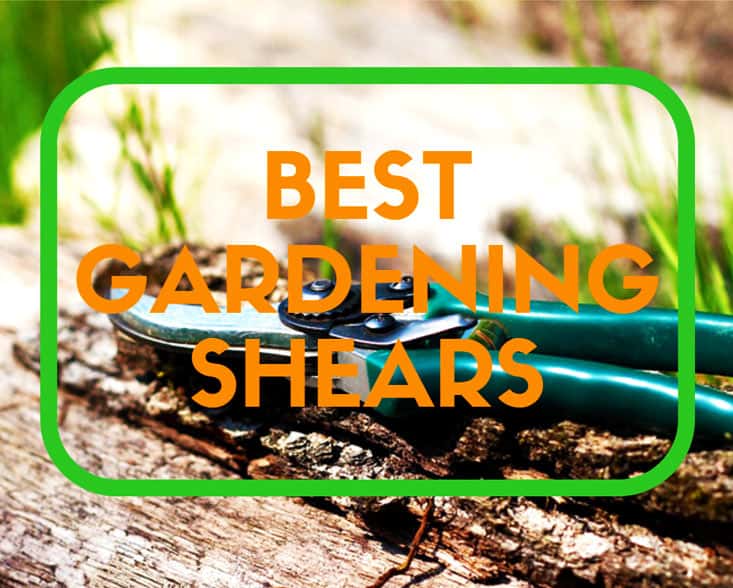Harvesting Carrots in Your Garden
The same care you’ve given your carrots through the growing season comes into play again at harvest. Depending on the variety of carrot, it may begin anywhere from 45 to 150 days from germination. The tops of carrots that are ready to come out of the ground will be visible.
Loosen the soil around your carrots to make it easier to pull them out. Then, take a firm hold of the top of the plant and gently work it out of the ground, taking care not to damage the root. You can store carrots in the refrigerator for months afterward.
Before You Harvest
After all the worrying, work, and regular maintenance associated with your garden, now comes the time to reap the reward. But before you pull out the hoe, take the time to get your plan of attack in order. There are still a few things you need to bear in mind.
Chances are you have more than just carrots in your garden. And you may even have several types of carrots too. It’s important to keep this consideration in mind because you don’t want to disturb other plants. Harvesting carrots is more destructive as opposed to plucking tomatoes off a vine. So, set aside the hoe and pick up a trowel instead. Let’s get ready to harvest!
When to Harvest Carrots
When you harvest carrots depends upon several things. First, you must consider the kind of carrots you’ve planted. If you’ve planted Mokum Carrots, for example, harvest day will fall between 48 to 54 days after germination. Then, you can start enjoying your carrots early.
If, on the other hand, you’ve planted Healthmaster Carrots, get ready for a long wait. These late-season carrots can take up to 150 days before they’re ready to come out. But that’s not a bad thing. It just means that you will be able to enjoy your fresh carrots into the fall months. Think hearty beef stews with plenty of yummy carrots.
Another thing to consider is the number of plantings you have in the ground. If you did multiple ones, harvesting is going to be an ongoing process every few weeks. The first time is just the beginning. The following advice applies each time you go out. And it begins with a look at your carrots.
Diameter of the Carrots
The diameter of your carrots can often provide one of the best clues to knowing when to harvest. Knowing the size at maturity will help you determine if they need a bit more time or if they’re ready to harvest. The seed packets usually include this information. As the carrot harvest draws near, the tops of the carrots may start to peek up out of the ground. The Peterson Garden Project shows what you should look for when harvesting carrots.
As the video explains, sometimes the base of the carrots won’t be visible. If you’re harvesting in a patch of the same carrot, you can gently remove soil around the base to see if the carrot is poking out. Carrots with diameters of ½ inch to 1 inch are ready to go.
The exception to that rule of thumb is baby carrots and varieties that are pencil thin. For these carrots, the base at ground level provides a good gauge of harvest time. Follow the same steps above to look for the telltale signs that they’re ready.
How to Harvest Carrots
Before you start yanking carrots out of the ground, hold on. You shouldn’t grab them from the tops and pull. Doing that will may just break off the stems and not pull up the carrot, especially with more fragile varieties. Instead, you should use your trowel to loosen the ground around each carrot.
Then, grab the base of the carrot at ground level and pull, working the root gently out of the soil. Smaller carrots and those with tapered roots probably won’t give you a hard time. Longer varieties like the 11-inch Legend Carrots may make you work a bit harder.
The important thing to remember is that you don’t want to break the carrots on the way out. That’s why working the ground before harvest will help ensure that the harvested carrots stay intact. Depending upon the variety of carrot, you can plan on about 1 ½ pounds of carrots per foot of row.
What’s Wrong with My Carrots?
Sometimes even the best-laid plans go wrong. You may harvest a few misshapen carrots because something got in the way of their growth. You may find some carrots that grew together because they weren’t thinned when they were younger. These are problems you can fix next time you plant carrots.
Other problems may be a red flag for a disease or pest. If you find weird bumps on your carrots, you may have root knot nematodes in your garden. Next time you plant, you may want to opt for a nematode-resistant variety. Getting rid of them with specialized pesticides called nematicides are not an option for home gardeners, explains the University of Missouri Extension.
Does the color of your carrots seem off and are they covered with fine hairs? Sound like aster yellows. Aster leafhoppers are the culprit. You may want to consider using floating row covers to keep unwanted pests out next growing season. And you probably should toss carrots out since aster yellows will give your carrots a bitter taste.
Fall Harvest
If you’ve planted late-season carrots, you’ll need to take some steps to see them through to harvest. The University of Arkansas recommends placing straw over your carrot rows until you harvest them before a killing frost. Be patient. The cooler weather leading up to that time will add a bit of welcome sweetness to your carrots.
You should cut the tops off of your carrots after the harvest. Your carrots will keep for about six months in the refrigerator or a cellar. But enjoy sweeter varieties like Short ‘n Sweet sooner rather than later. Carrots with higher sugar content don’t keep as long. Congratulations on your harvest!
Photo by markusspiske licensed under CC0.

